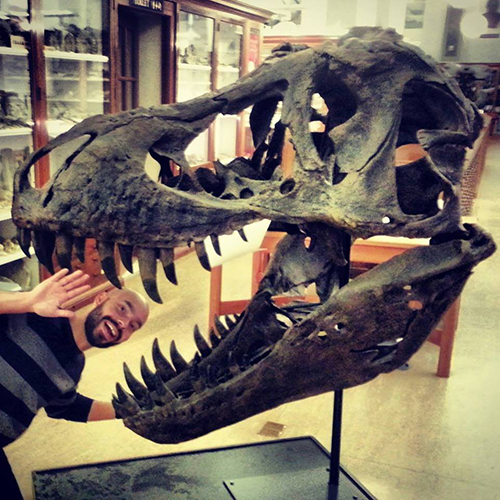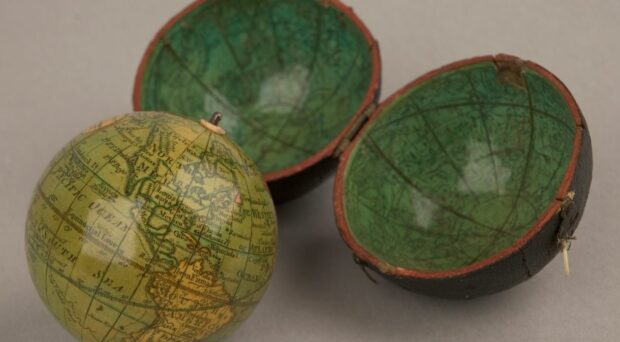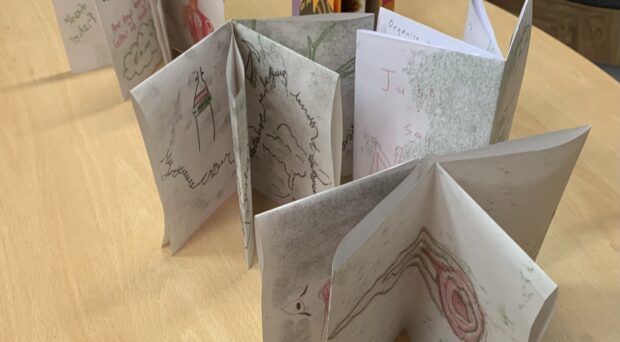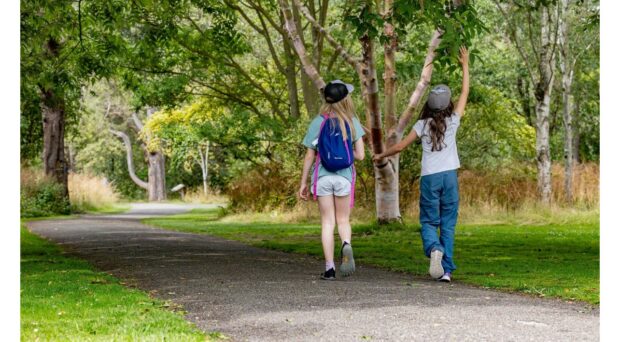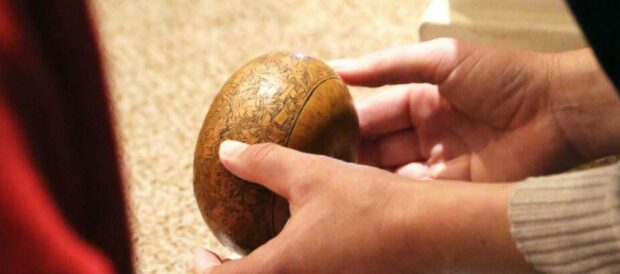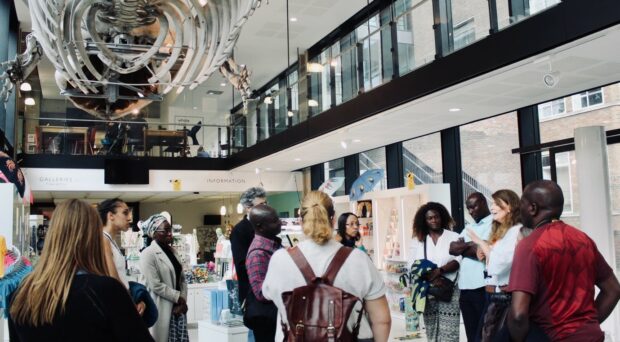‘Rock ChYpPS’ is a co-curated temporary exhibition at the Sedgwick Museum of Earth Sciences. It displays geological objects loaned to the museum from children in the local Cambridge area, and aimed to provide a space for museum staff and local children to meet and connect over geology.
The University of Cambridge Museums join the PlayDaze summer programme every year. Run by Cambridge City Council’s Children and Young People’s Participation Service (ChYpPS), the programme works with local organisations to provide free activities for school-aged children and families in parks and recreation grounds across the city. The Sedgwick Museum of Earth Sciences joins up with the other museums in the consortium to contribute a range of art, science and object handling activities inspired by our collections.
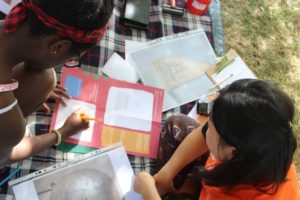
Creating a new display
During August 2019 we invited children to bring their objects to ChYpPS sessions, so that we could take a look, and then put them on display in the Museum during the following October half term. At the sessions we also had fossils for the children to handle, and ran a fossil rubbing activity. The rubbings were later used as a backdrop for the Rock ChYpPS display.
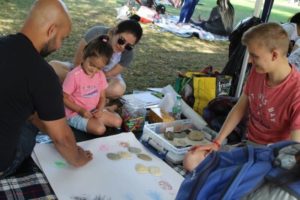
The aims of the Rock ChYpPS exhibition were to, firstly, reach and engage new audiences – enabling Museum staff and local children to meet and connect over geology. And secondly to create a new display in the Museum that wasn’t formed from the collection of a ‘Dead White Man’. The Museum displays are still entrenched in its 19th Century traditions, and the Museum acknowledges the need for change. This project actively addressed this by introducing a combination of voices, and collections from children in the local community into the Museum. Significantly, the display was located within the permanent gallery spaces, rather than in a separate room or area. By occupying the same space as the permanent collection, we gave the children’s objects and voices the same weight as the collections and interpretations already on display.
We had 48 children take part in the hands-on activities with myself and two volunteers over the four sessions. Twelve children also brought their objects for the display. One of the children was interviewed for local online news channel, This Is Cambridge. Seven of the children ended up loaning their objects to the museum along with their own interpretations for the final display. One of the volunteers has previously curated his own community cabinet with the Museum.
The Rock ChYpPS Exhibition
The display was initially planned for October, but we extended it to December due to the feedback from the children. One of the children visited several times and we continued to share our passion for fossils together. His father even felt inspired to volunteer for the Museum’s collections move project!
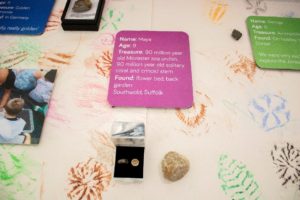
‘We came in over half term and it looked great! And Maya felt really inspired by the other items you have on display there.’ Parent of Rock ChYpPS contributor
‘Harry and I came to see it last weekend and it was great.’ Parent of Rock ChYpPS contributor
‘We loved coming in to see Josiah’s rocks over half term, as well as seeing everything else. Thank you for a great display.’ Parent of Rock ChYpPS contributor
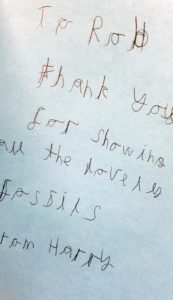
On reflection, something really significant I got from the project experience myself is how important it is that I, as a relatively young Black man, am visible as a geology expert. My presence at the events, sharing my expertise, guiding the children and their families through the Museum’s exhibition process and having photographs of me in the cabinets. All challenge what many people might expect an expert from a Museum is.
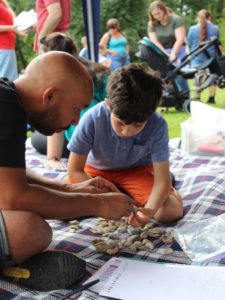
I am much more open to being a visible face for the Museum; understanding that the inspiration and breaking down of barriers it can achieve outweighs the fears I have about tokenism, and of not being a convincing ‘expert.’

